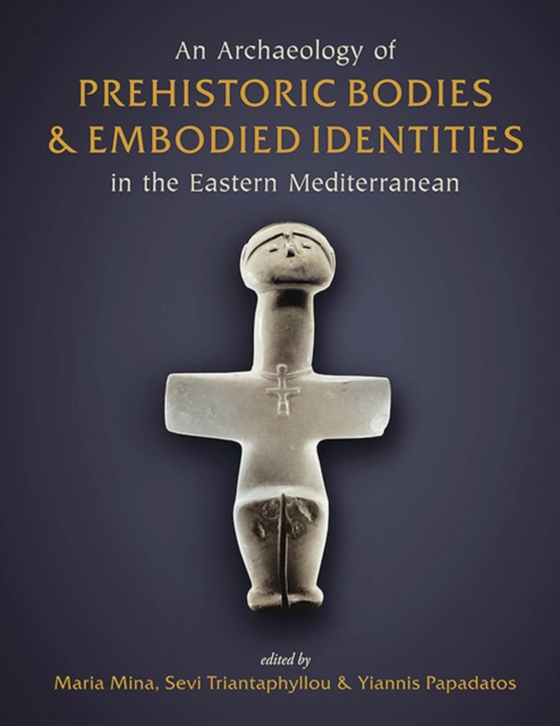
Archaeology of Prehistoric Bodies and Embodied Identities in the Eastern Mediterranean e-bog
245,52 DKK
(inkl. moms 306,90 DKK)
In the long tradition of the archaeology of the eastern Mediterranean bodies have held a prominent role in the form of figurines, frescos, or skeletal remains, and have even been responsible for sparking captivating portrayals of the Mother-Goddess cult, the elegant women of Minoan Crete or the deeds of heroic men. Growing literature on the archaeology and anthropology of the body has raised aw...
E-bog
245,52 DKK
Forlag
Oxbow Books
Udgivet
11 oktober 2016
Længde
248 sider
Genrer
1QDA
Sprog
English
Format
pdf
Beskyttelse
LCP
ISBN
9781785702945
In the long tradition of the archaeology of the eastern Mediterranean bodies have held a prominent role in the form of figurines, frescos, or skeletal remains, and have even been responsible for sparking captivating portrayals of the Mother-Goddess cult, the elegant women of Minoan Crete or the deeds of heroic men. Growing literature on the archaeology and anthropology of the body has raised awareness about the dynamic and multifaceted role of the body in experiencing the world and in the construction, performance and negotiation of social identity. In these 28 thematically arranged papers, specialists in the archaeology of the eastern Mediterranean confront the perceived invisibility of past bodies and ask new research questions. Contributors discuss new and old evidence; they examine how bodies intersect with the material world, and explore the role of body-situated experiences in creating distinct social and other identities. Papers range chronologically from the Palaeolithic to the Early Iron Age and cover the geographical regions of the Aegean, Cyprus and the Near East. They highlight the new possibilities that emerge for the interpretation of the prehistoric eastern Mediterranean through a combined use of body-focused methodological and theoretical perspectives that are nevertheless grounded in the archaeological record.
 Dansk
Dansk

